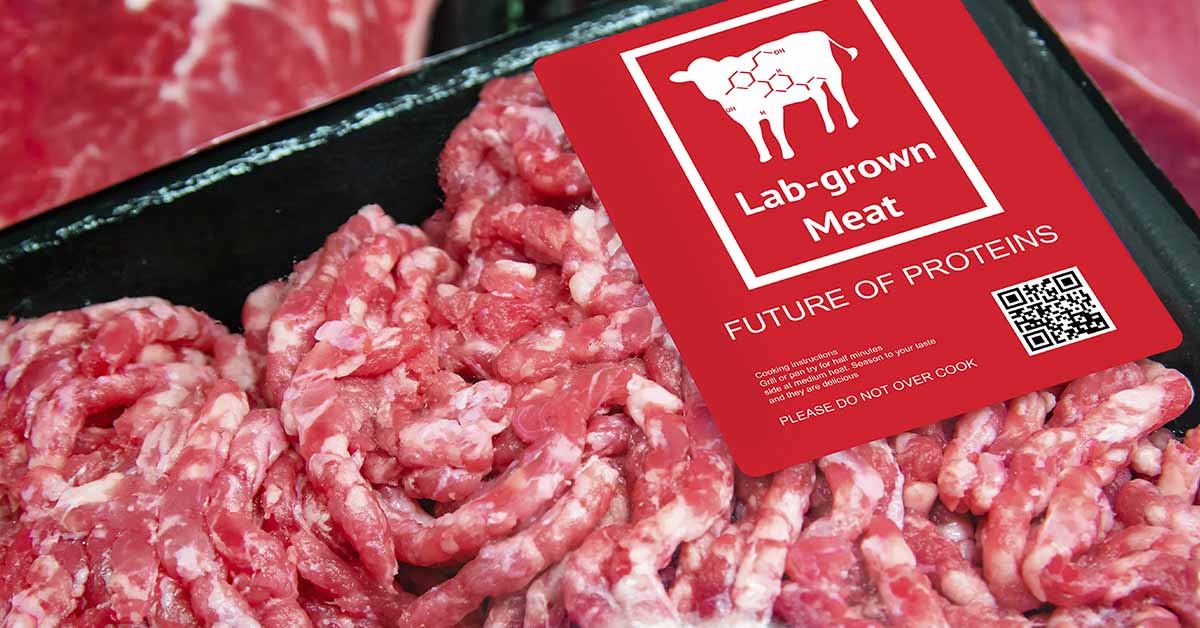Italy, a country known for its rich culinary traditions and deep-rooted food heritage, has taken a bold step towards preserving its traditional meat products. In recent years, the emergence of lab-grown meat has posed a significant challenge to conventional meat production, sparking concerns about the potential erosion of cultural food practices. In response, Italy has decided to ban lab-grown meat in order to safeguard its unique gastronomic legacy.
Italy Moves to Ban Lab-Grown Meat to Protect Food Heritage
The Italians have spoken: Lab-grown meat and synthetic foods have no place on their tables. They have passed a bill that bans lab grown meats in their country, citing protecting the health and safety of the Italian people, along with the nation’s heritage, are the reasons for this ban. While most Italians support the ban, animal rights groups are disappointed. For them, lab-grown meat was a solution to raising animals for consumption. Some are saying, however, that if lab-grown meat gets the go-ahead in Europe, Italy’s ban won’t mean much because of the agreement of free-flowing goods between EU countries. (1)
Lab-Grown Meat: A Technological Advancement in Food Production
Lab-grown meat, also known as cultured meat or cell-based meat, is a revolutionary innovation in the realm of food production. It involves cultivating animal muscle tissue in a laboratory using cell cultures, without the need for raising and slaughtering animals. The process begins with a small biopsy from an animal, from which stem cells are obtained. These cells are then placed in a bioreactor, where they grow and multiply to form muscle tissue similar to that of traditionally harvested meat. (2)
The Process of Creating Lab-Grown Meat
- Cell Extraction: A small sample of animal cells is taken through a biopsy process, ensuring no harm is caused to the animal.
- Cell Culture: The extracted cells are placed in a nutrient-rich solution that allows them to multiply and form muscle tissue. This process typically takes several weeks.
- Muscle Development: Over time, the cultivated cells develop into muscle tissue, which is harvested for consumption. The tissue can be combined with other ingredients, such as fat and connective tissue, to create a meat product with desired texture and taste.
The Dangers of Lab-Grown Meat
While lab-grown meat presents itself as a potential solution to many of the environmental and ethical issues associated with conventional meat production, it is not without its concerns. Here are some of the main dangers associated with lab-grown meat (3):
- Health Risks: As lab-grown meat is a relatively new technology, there are uncertainties regarding its long-term effects on human health. The use of growth factors, scaffolding materials, and other additives in the lab-grown meat production process raises concerns about potential health risks.
- Nutritional Deficiencies: Currently, lab-grown meat lacks some of the essential nutrients found in conventionally raised meat. Important components like vitamins, minerals, and healthy fats are still challenging to replicate accurately in the lab. This can lead to nutritional deficiencies in consumers who rely solely on lab-grown meat.
- Environmental Impact: In theory, lab-grown meat has the potential to reduce the environmental footprint associated with traditional meat production. However, the energy-intensive process of culturing meat cells still requires significant resources, such as electricity and lab equipment. Until more sustainable production methods are developed, the environmental benefits may be limited.
- Socio-economic Implications: The widespread adoption of lab-grown meat could have significant socio-economic consequences, particularly for livestock farmers and related industries. The decline in demand for conventionally raised meat could lead to job losses and major disruptions in rural communities that heavily rely on traditional farming practices.
Preserving Food Heritage: Italy’s Ban on Lab-Grown Meat
Italy’s decision to ban lab-grown meat stems from its commitment to safeguarding its unique culinary traditions and protecting the country’s food heritage. With a long history of gastronomic excellence and a close connection to local agriculture, Italy is determined to resist the encroachment of lab-grown alternatives that may undermine its cultural identity.
By taking this decisive step, Italy also aims to promote sustainable farming practices and animal welfare. The ban encourages the consumption of traditionally raised meat, emphasizing the importance of maintaining the integrity of local food production methods and supporting local farmers.
The Bottom Line
Italy’s move to ban lab-grown meat is not just limited to addressing the potential dangers associated with this novel technology. It is also a reflection of the country’s commitment to preserving its culinary traditions and maintaining the authenticity of its food heritage. As the debate on lab-grown meat continues, Italy’s bold stance sets an example for other nations to prioritize their cultural and gastronomic identities in the face of technological advancements in food production.
Sources
- “Italy moves to ban lab-grown meat to protect food heritage.” BBC. March 29.
- “Is Lab-Grown Meat Healthy and Safe to Consume?” Center for Food Safety. Jaydee Hanson and Julia Ranney. September 20, 2020.
- “LAB-GROWN MEAT: 53 HAZARDS IDENTIFIED BY FAO-WHO.” Meat The Facts. April 24, 2023.

